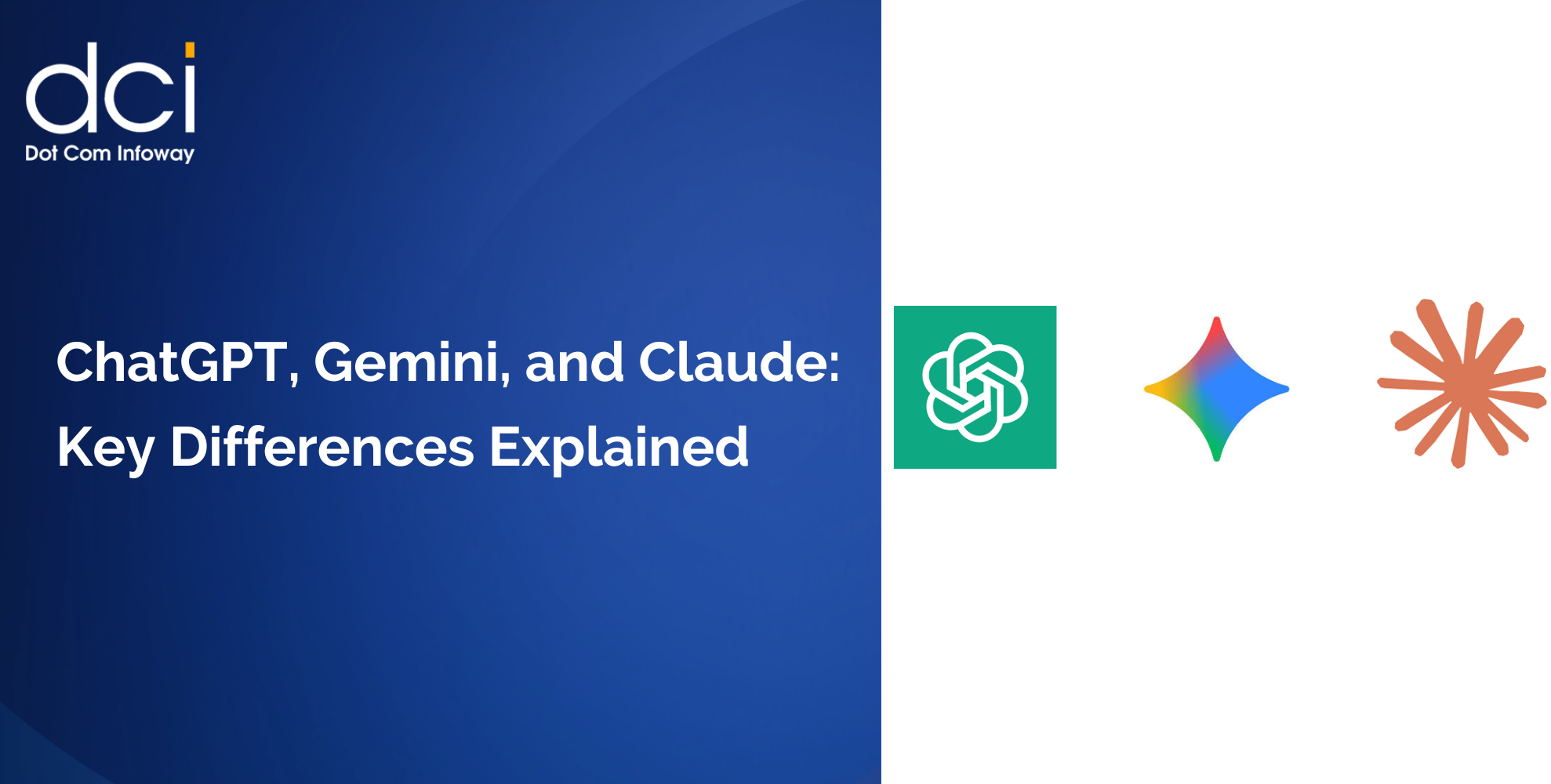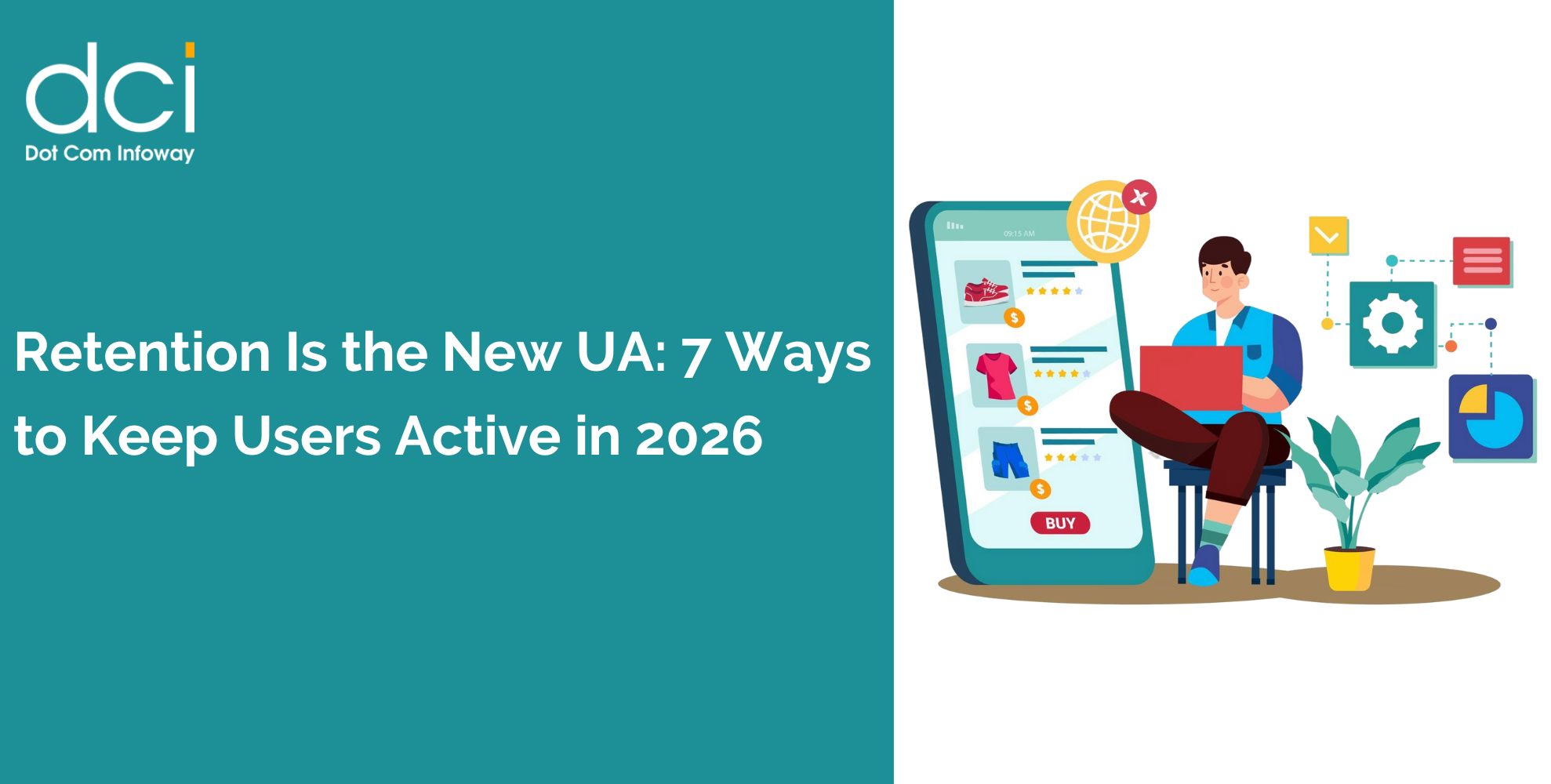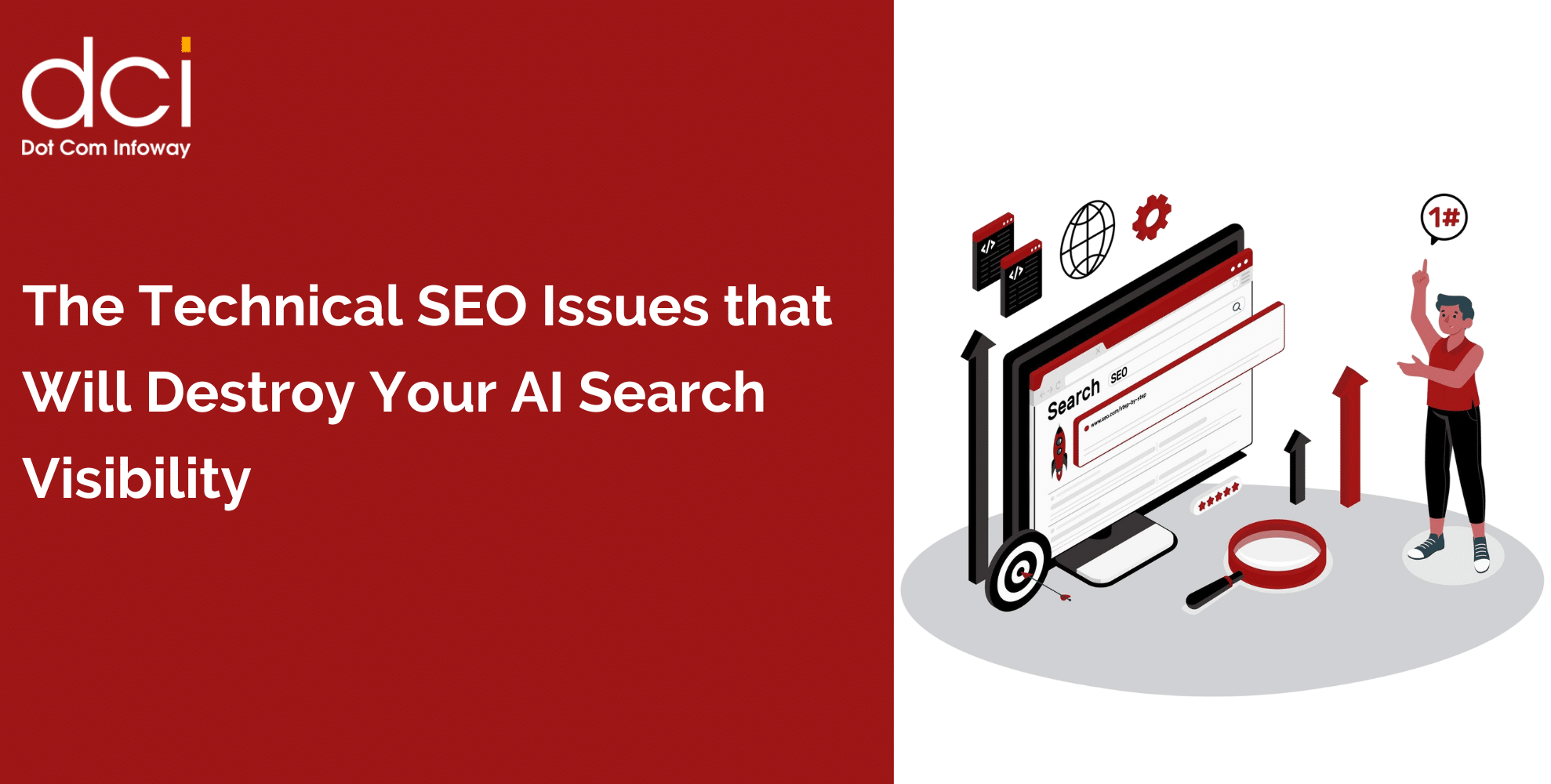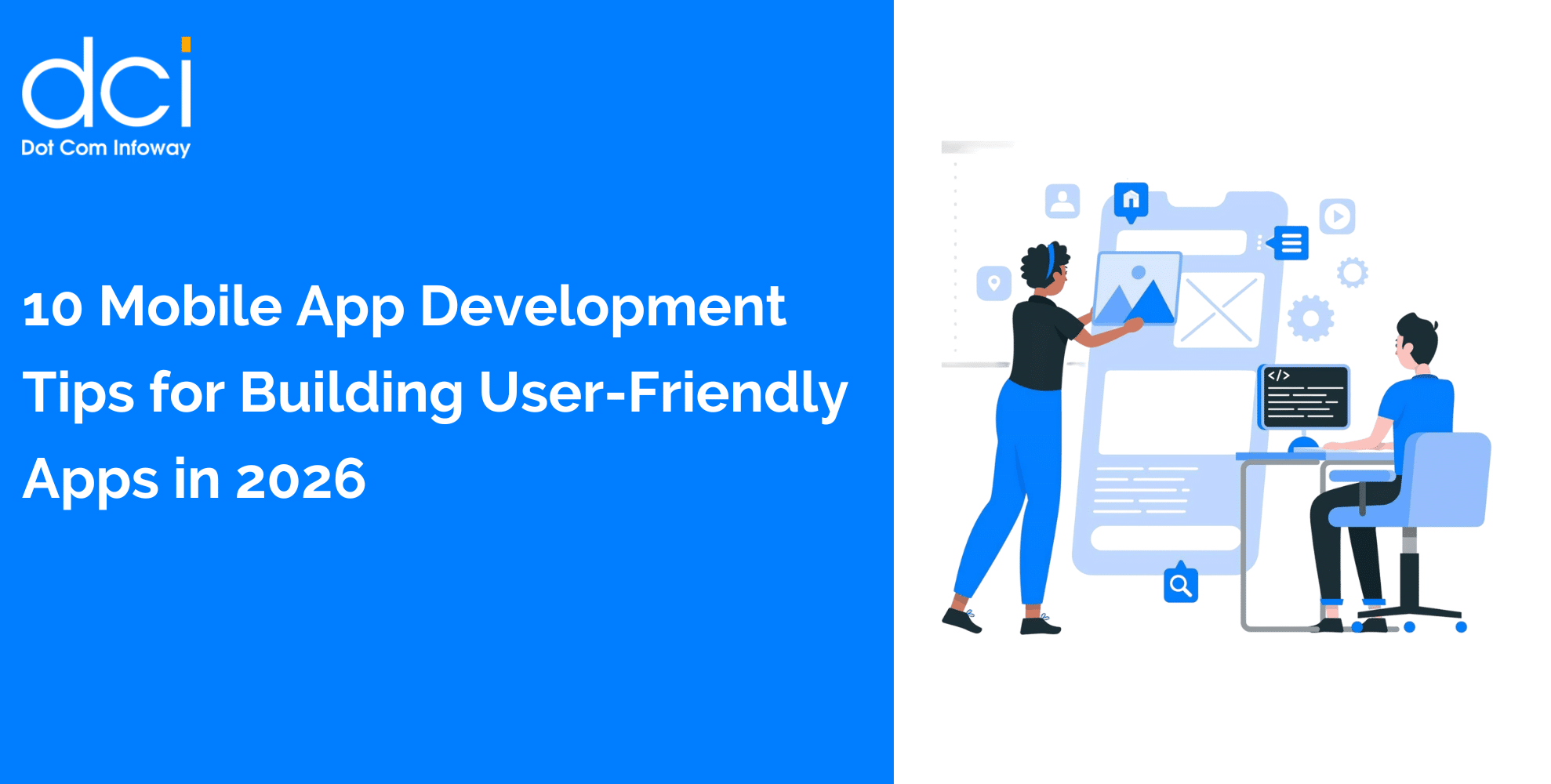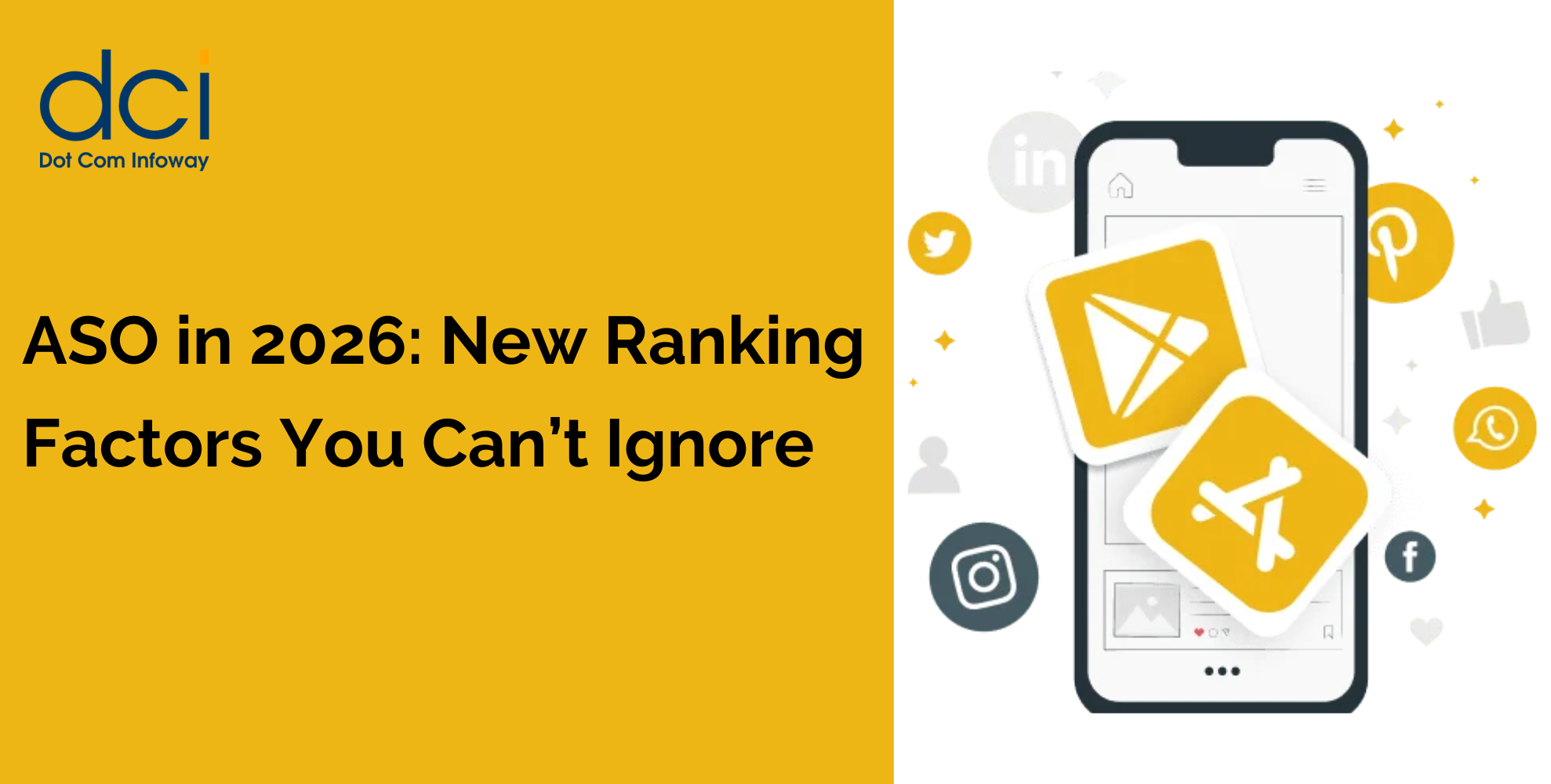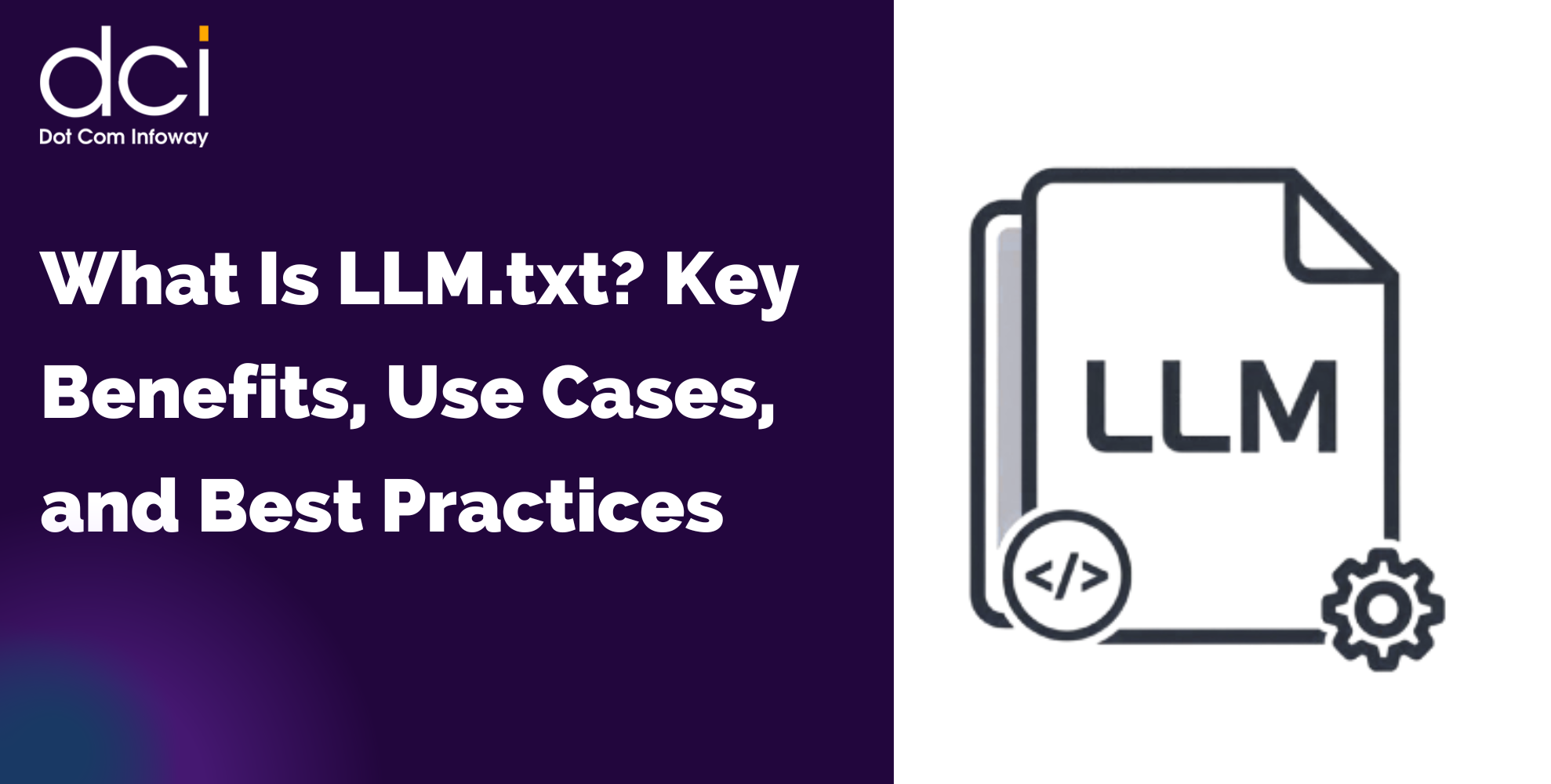1. The Evolution of Link-Building in 2025
Search Engine Optimization (SEO) is constantly changing, and link-building is no exception. Google’s emphasis on E-E-A-T (Experience, Expertise, Authority, and Trustworthiness) means low-quality or spammy links can harm rankings. As a result, modern link-building revolves around building real connections, offering value, and securing editorially placed links.
Artificial intelligence plays a significant role in content distribution, helping websites identify high-value backlink opportunities. Additionally, machine learning aids in analyzing backlink profiles, filtering out toxic links, and automating outreach processes. To stay competitive, SEOs must shift from quantity-based link-building to quality-focused strategies emphasizing contextual relevance and domain authority.
2. Digital PR and Newsworthy Content for Backlinks
One of the most effective advanced link-building techniques involves leveraging digital PR. Traditional guest posting has been diluted, but earning links through high-authority media mentions remains powerful.
Creating newsworthy content—such as industry reports, expert opinions, or controversial takes—attracts attention from journalists and high-profile bloggers. By distributing press releases and data-driven insights, businesses can secure editorial backlinks from reputable publications like Forbes, The New York Times, and industry-specific news outlets. Additionally, using HARO (Help a Reporter Out) and other journalist networks enables brands to offer expert quotes, securing authoritative links in return.
3. AI-Powered Outreach and Link Acquisition
Cold email outreach has become inefficient, with most link requests being ignored or marked as spam. Instead, AI-driven outreach tools now personalize and automate the process.
Advanced AI algorithms analyze content and suggest the most relevant link prospects. Tools like Respona, BuzzStream, and Pitchbox leverage machine learning to determine which websites are likely to link back. Additionally, chatbots powered by AI handle initial conversations, increasing engagement rates.
By combining AI with relationship-based link-building, businesses can significantly improve their link acquisition success rate while reducing manual efforts.
4. The Power of Reverse Engineering Competitor Backlinks
One of the smartest SEO link-building techniques is reverse engineering competitor backlinks. By analyzing where top competitors get their backlinks, businesses can identify potential link opportunities within their industry.
Using tools like Ahrefs, SEMrush, and Majestic, SEOs can uncover:
- High-authority domains linking to competitors
- Broken links on competitor sites that can be replaced with better content
- Guest posting opportunities on sites that accept contributions from competitors
By replicating and enhancing these strategies, websites can acquire high-value backlinks while closing the gap between themselves and industry leaders.
5. High-authority resource Pages and Directories
Another effective advanced link-building strategy is securing placements on authoritative resource pages and directories. These are pages that list the best content, tools, or guides related to specific industries.
The key to success with resource page link-building includes:
- Finding high-domain authority pages using Google search operators (e.g., “best SEO tools in 2025 site:.edu”)
- Reaching out to webmasters with valuable content that fits their resources
- Ensuring content is highly relevant and updated
Similarly, niche-specific directories and business listings provide valuable backlinks, helping establish brand credibility and boosting search rankings.
6. The Role of Brand Mentions and Unlinked Citations
Brand mentions without backlinks are missed SEO opportunities. Identifying and converting unlinked brand mentions into backlinks is a low-hanging fruit strategy that significantly enhances domain authority.
Using tools like Google Alerts, Mention, and Brand24, businesses can track where their brand is mentioned online. Once an unlinked mention is found, outreach efforts can be made to request a backlink to the brand’s homepage or relevant content. This effortless link-building method is one of the fastest ways to increase backlink count without creating new content.

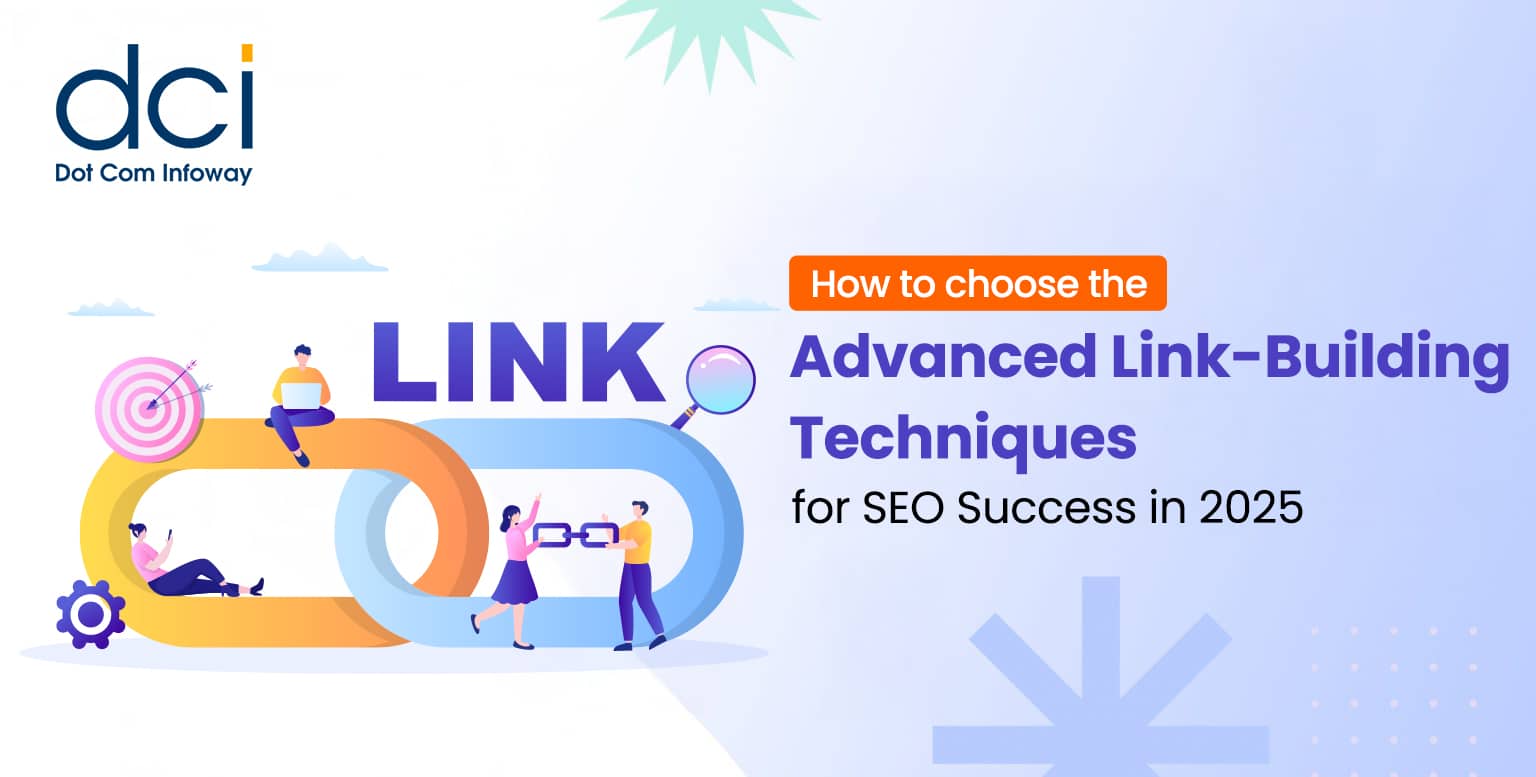

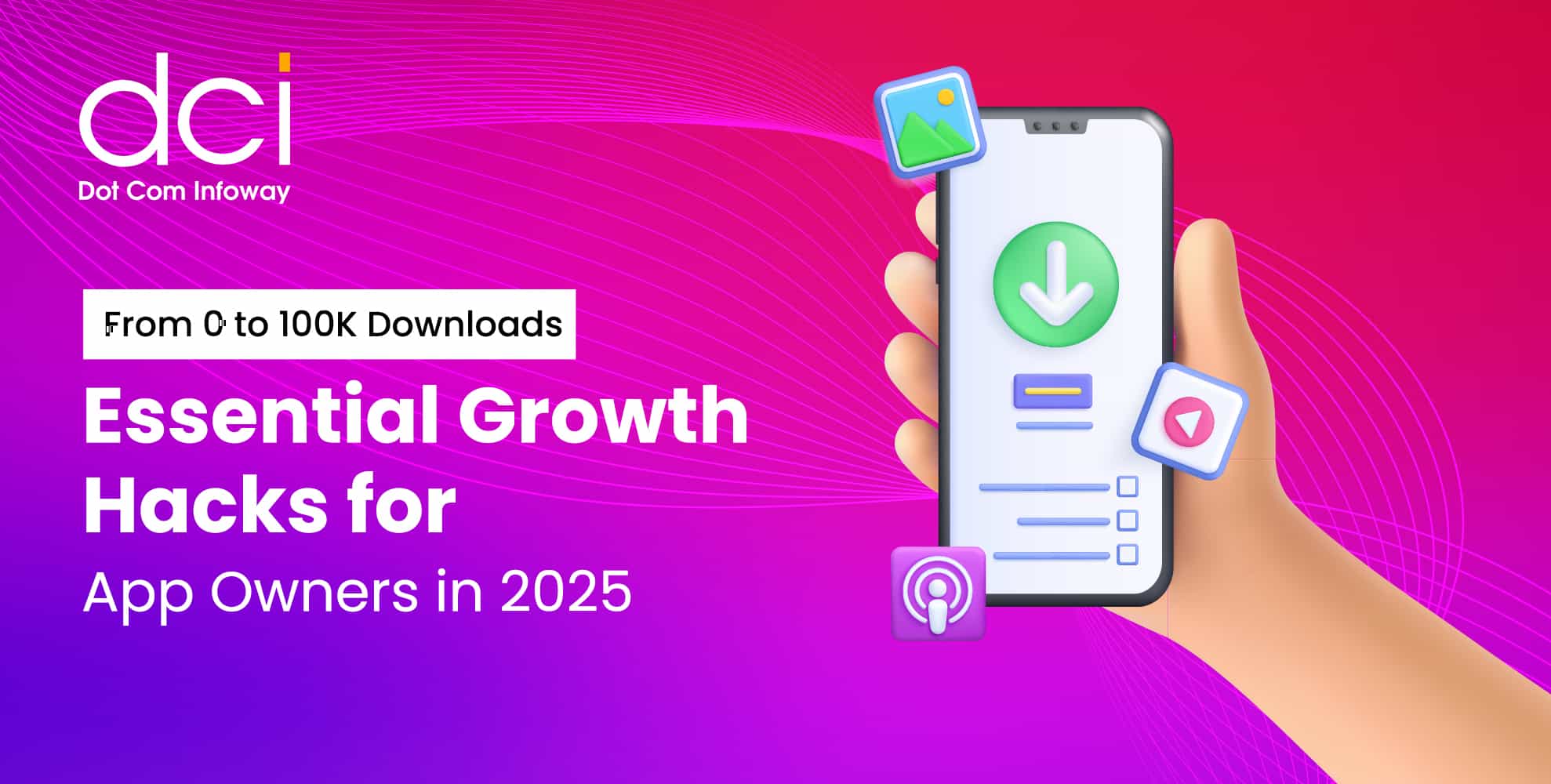

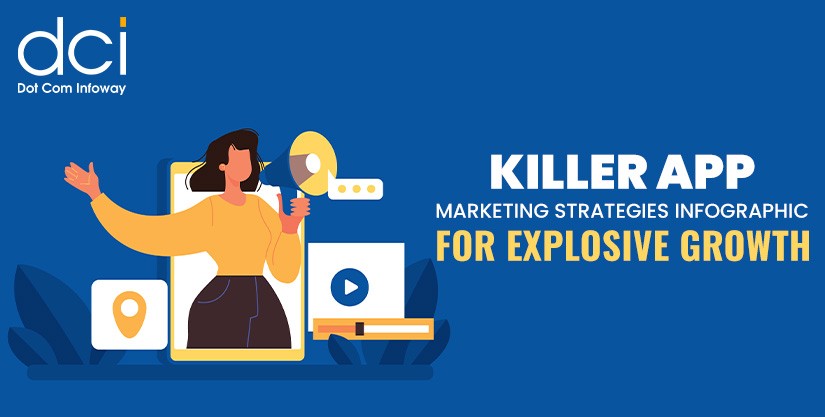

![The Game Marketing Guide: Pre and Post-Launch Strategies [Infographic]](https://www.dotcominfoway.com/wp-content/uploads/2023/09/DCI-Game-Marketing-blog-1.jpg)
